
Filter News
Area of Research
- (-) Materials (95)
- (-) Supercomputing (62)
- Advanced Manufacturing (4)
- Biological Systems (2)
- Biology and Environment (56)
- Biology and Soft Matter (1)
- Building Technologies (4)
- Clean Energy (97)
- Climate and Environmental Systems (2)
- Computational Biology (2)
- Computer Science (1)
- Electricity and Smart Grid (1)
- Energy Frontier Research Centers (1)
- Fossil Energy (1)
- Fuel Cycle Science and Technology (1)
- Functional Materials for Energy (2)
- Fusion and Fission (15)
- Fusion Energy (1)
- Isotopes (3)
- Materials for Computing (6)
- National Security (27)
- Neutron Science (40)
- Nuclear Science and Technology (14)
- Nuclear Systems Modeling, Simulation and Validation (1)
- Renewable Energy (1)
- Sensors and Controls (2)
News Topics
- 3-D Printing/Advanced Manufacturing (7)
- Advanced Reactors (1)
- Artificial Intelligence (10)
- Big Data (3)
- Bioenergy (6)
- Biology (7)
- Biomedical (8)
- Buildings (4)
- Chemical Sciences (11)
- Clean Water (1)
- Climate Change (4)
- Composites (4)
- Computer Science (17)
- Coronavirus (5)
- Critical Materials (5)
- Cybersecurity (1)
- Decarbonization (4)
- Energy Storage (15)
- Environment (6)
- Exascale Computing (6)
- Frontier (7)
- Fusion (2)
- Grid (4)
- High-Performance Computing (10)
- Isotopes (7)
- Machine Learning (5)
- Materials (28)
- Materials Science (18)
- Microscopy (9)
- Nanotechnology (13)
- National Security (3)
- Neutron Science (8)
- Nuclear Energy (3)
- Partnerships (4)
- Physics (11)
- Polymers (7)
- Quantum Computing (7)
- Quantum Science (7)
- Security (2)
- Simulation (5)
- Space Exploration (2)
- Summit (9)
- Sustainable Energy (3)
- Transformational Challenge Reactor (1)
- Transportation (4)
Media Contacts
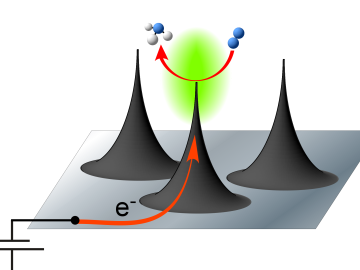

A shield assembly that protects an instrument measuring ion and electron fluxes for a NASA mission to touch the Sun was tested in extreme experimental environments at Oak Ridge National Laboratory—and passed with flying colors. Components aboard Parker Solar Probe, which will endure th...

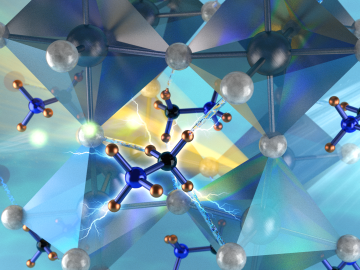
Scientists at Oak Ridge National Laboratory have conducted a series of breakthrough experimental and computational studies that cast doubt on a 40-year-old theory describing how polymers in plastic materials behave during processing.
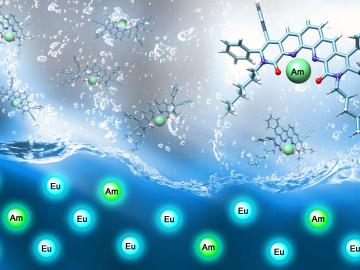
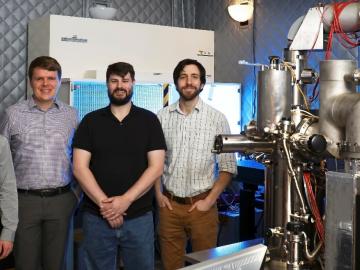

A scientific team led by the Department of Energy’s Oak Ridge National Laboratory has found a new way to take the local temperature of a material from an area about a billionth of a meter wide, or approximately 100,000 times thinner than a human hair. This discove...
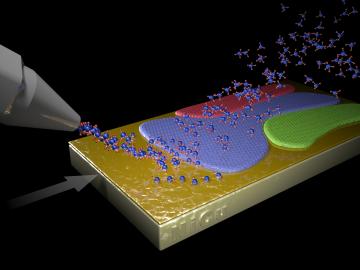
A new method to produce large, monolayer single-crystal-like graphene films more than a foot long relies on harnessing a “survival of the fittest” competition among crystals. The novel technique, developed by a team led by Oak Ridge National Laboratory, may open new opportunities for growing the high-quality two-dimensional materials necessary for long-awaited practical applications.



